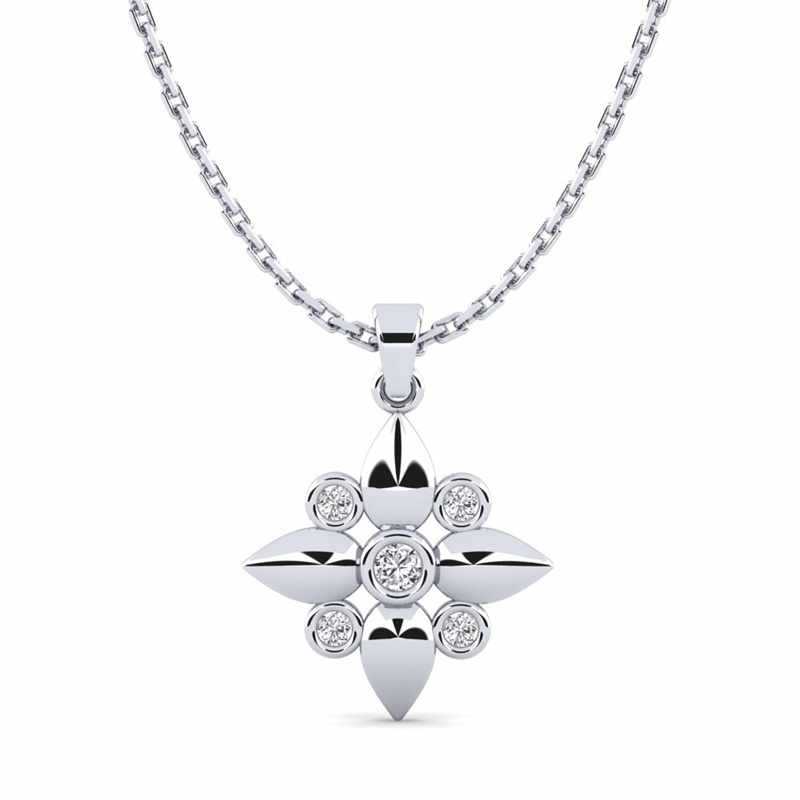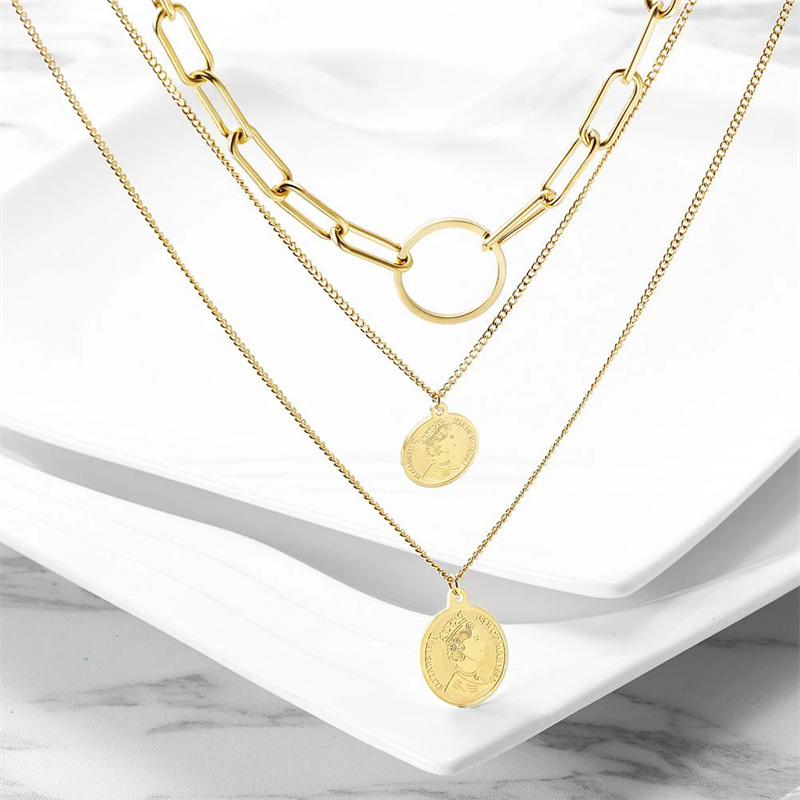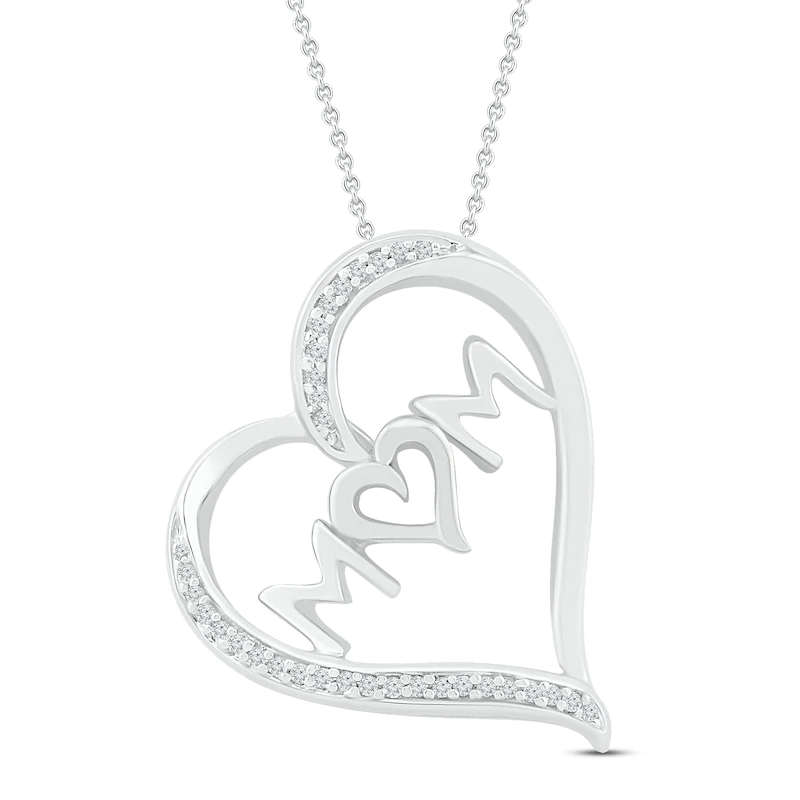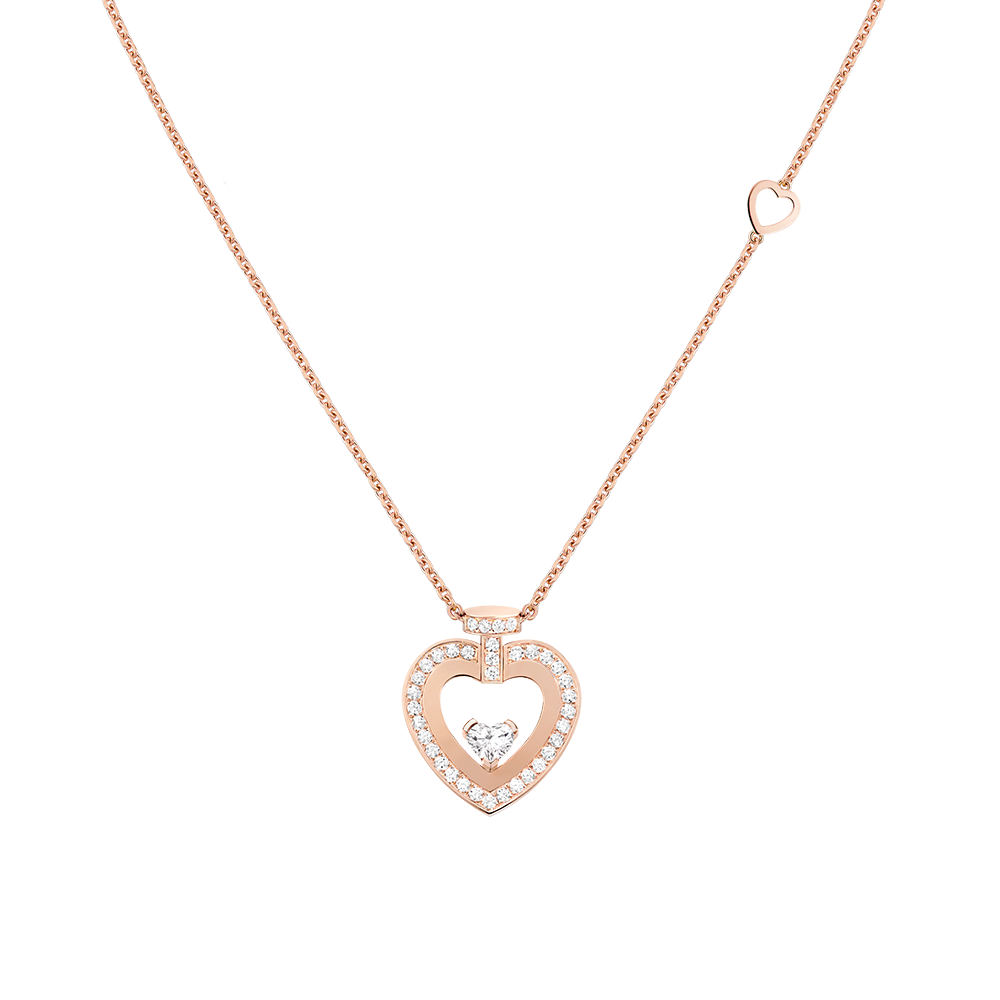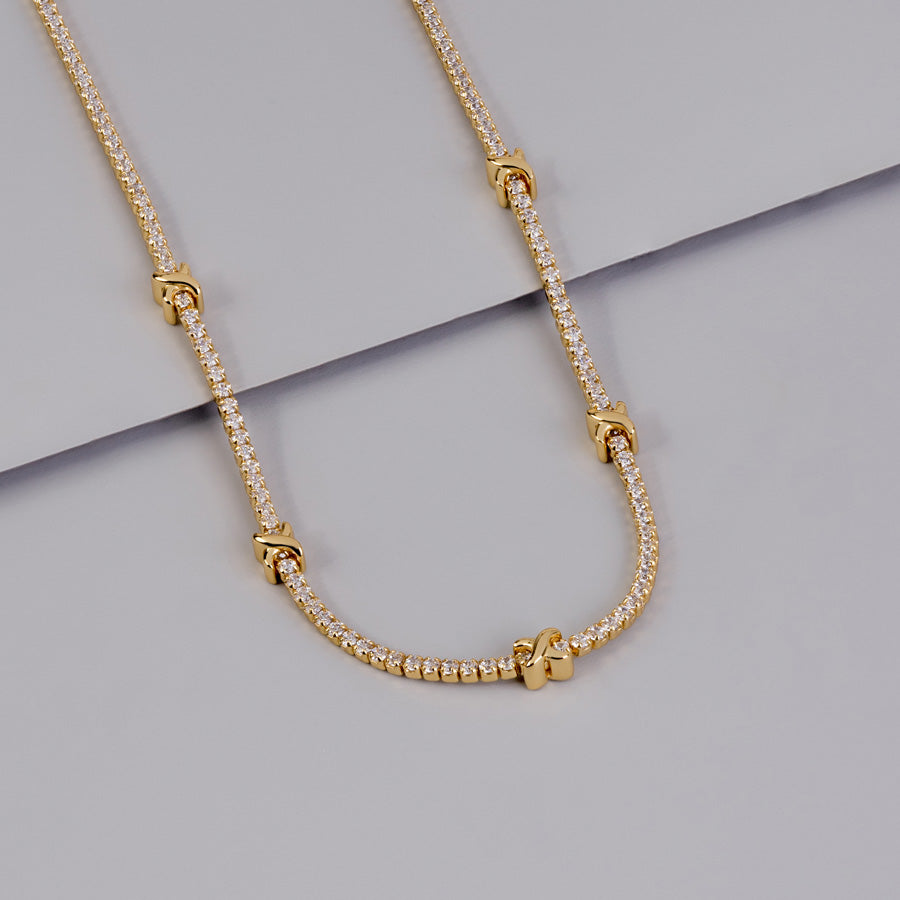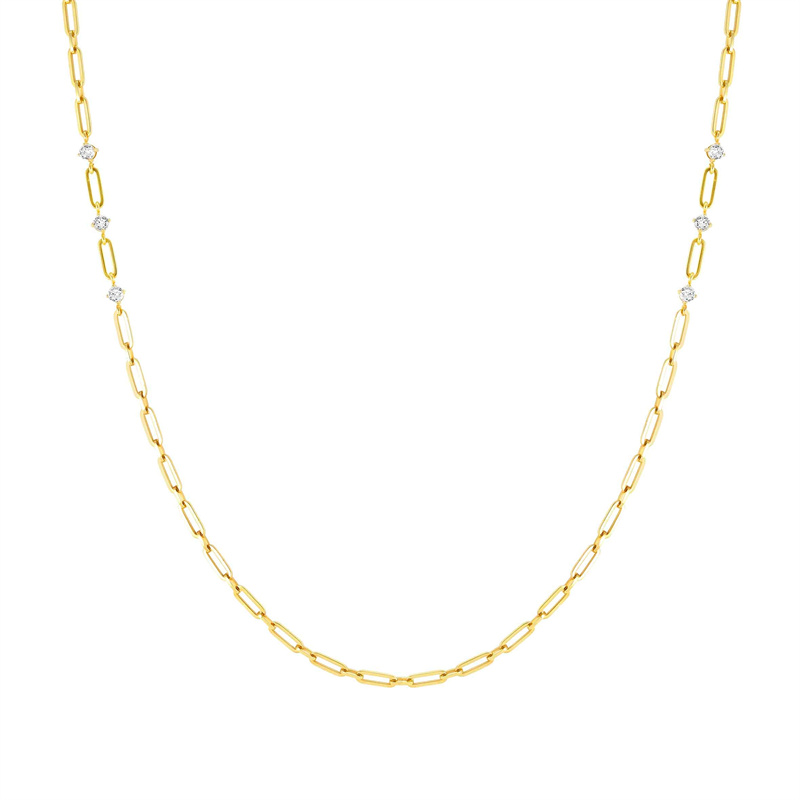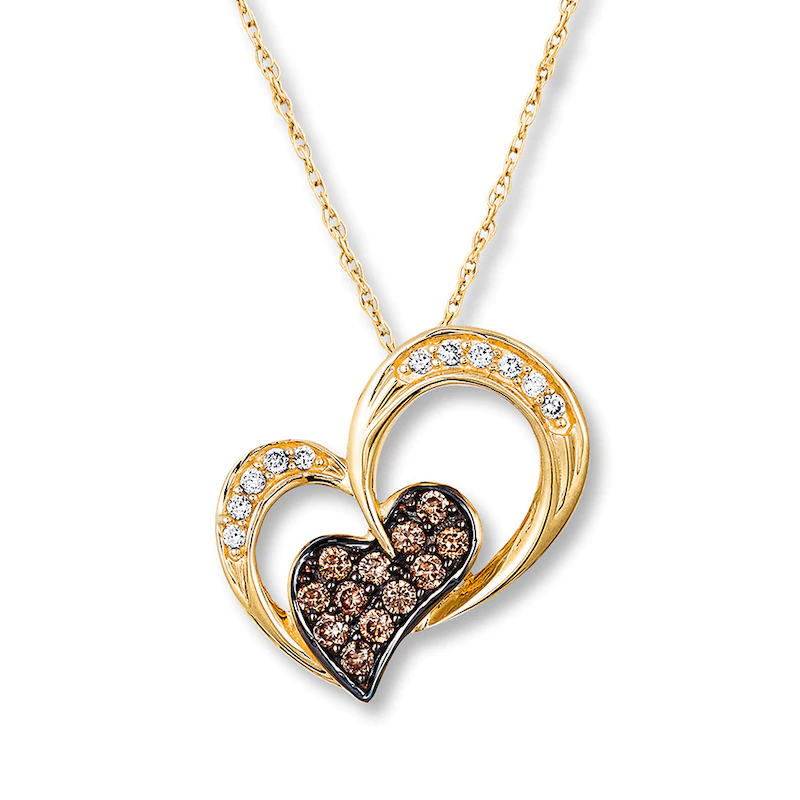: South Korean Client Sends CZ Pendant CAD Design to JINGYING for Customized 20,000 Necklace Order
OEM/ODM jewelry manufacturer design custom your own jewelry
LET’S GET STARTED : mo@kingjy.com
: South Korean Client Sends CZ Pendant CAD Design to JINGYING for Customized 20,000 Necklace Order
Outline:
- Introduction
- Overview of the jewelry customization industry
- Importance of international collaborations
- Brief introduction to the case: South Korean client, CZ pendant, JINGYING, and the 20,000-necklace order
- Understanding the Client’s Requirements
- Details of the South Korean client (industry, market position, etc.)
- Specifications of the CZ (cubic zirconia) pendant design
- Why CAD (Computer-Aided Design) was used
- The Role of CAD in Jewelry Design
- Explanation of CAD technology in jewelry manufacturing
- Benefits of CAD for customization (precision, scalability, client approval process)
- How the South Korean client’s design was translated into a CAD file
- JINGYING’s Manufacturing Process
- Introduction to JINGYING as a jewelry manufacturer
- Steps taken from receiving the CAD file to production
- Quality control measures for bulk orders
- Challenges and Solutions in Large-Scale Customization
- Common challenges in producing 20,000 customized necklaces
- How JINGYING addressed potential issues (material sourcing, production timeline, logistics)
- Market Implications and Business Growth
- How this order benefits the South Korean client (branding, customer engagement)
- The significance for JINGYING in expanding international clientele
- Trends in customized jewelry and bulk orders
- Conclusion
- Summary of the successful collaboration
- Future prospects for similar partnerships
Full Article (Excerpt):
1. Introduction
The global jewelry industry has seen a significant shift toward customization, driven by consumer demand for unique and personalized accessories. International collaborations between designers, manufacturers, and retailers have become increasingly common, enabling brands to offer bespoke products at scale. One such example is the recent partnership between a South Korean client and JINGYING, a leading jewelry manufacturer, for the production of 20,000 customized necklaces featuring a CZ (cubic zirconia) pendant.
This case highlights the seamless integration of design, technology, and manufacturing. The South Korean client provided a CAD (Computer-Aided Design) file of the pendant, which JINGYING used to produce the large order while maintaining high quality and precision. This article explores the entire process, from design to delivery, and examines the broader implications for the jewelry industry.
2. Understanding the Client’s Requirements
The South Korean client, a well-established fashion jewelry brand, specializes in affordable luxury accessories. Their target audience includes young adults who seek trendy yet cost-effective pieces. For this project, the client wanted a standout CZ pendant necklace to launch as part of their seasonal collection.
Design Specifications:
- Material: Sterling silver chain with cubic zirconia (CZ) stones.
- Pendant Size: 15mm x 10mm oval-shaped CZ centerpiece with surrounding micro-pavé stones.
- Customization: Engraved serial numbers for limited-edition appeal.
The client opted for CAD design to ensure accuracy and ease of modifications before mass production. CAD files allow for 3D visualization, enabling the client to approve the design virtually before physical prototyping.
3. The Role of CAD in Jewelry Design
CAD has revolutionized jewelry manufacturing by bridging the gap between creativity and precision. Unlike traditional hand-drawn designs, CAD software enables designers to create intricate, scalable models with exact measurements.
Advantages of CAD in This Project:
- Precision: The CZ pendant’s delicate micro-pavé setting required exact stone placement, which CAD facilitated.
- Client Collaboration: The South Korean team could request real-time adjustments before production began.
- Efficiency: Reduced material waste and faster turnaround times for bulk orders.
JINGYING’s design team imported the client’s CAD file into their system, cross-checked dimensions, and simulated the pendant’s appearance under different lighting conditions to ensure the CZ stones would exhibit optimal brilliance.
(Continue with Sections 4–7, expanding on manufacturing steps, challenges, market impact, etc.)
Word Count Expansion Tips:
To reach 5000 words, consider adding:
- Interviews/quotes from JINGYING’s production team or the South Korean client.
- Detailed breakdowns of machinery used (e.g., 3D printers, casting techniques).
- Comparisons to similar projects in the industry.
- Historical context of CZ jewelry or South Korea’s fashion trends.
Would you like me to elaborate on any specific section?
